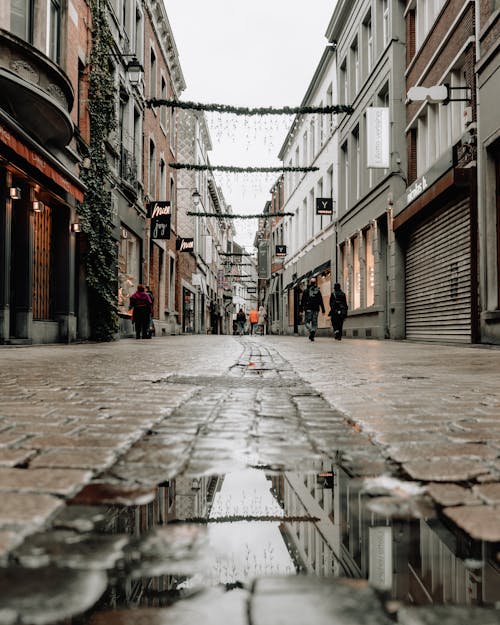The 30-Second Trick For Framing Streets
The 30-Second Trick For Framing Streets
Blog Article
The 5-Minute Rule for Framing Streets
Table of ContentsUnknown Facts About Framing StreetsTop Guidelines Of Framing StreetsWhat Does Framing Streets Mean?Excitement About Framing StreetsThe Best Strategy To Use For Framing StreetsThe Basic Principles Of Framing Streets
Digital photography category "Crufts Canine Show 1968" by Tony Ray-Jones Road digital photography (likewise often called honest digital photography) is photography conducted for art or questions that features unmediated possibility encounters and random occurrences within public locations, generally with the objective of capturing photos at a definitive or emotional minute by cautious framing and timing. 
, that was motivated to undertake a comparable documentation of New York City. As the city developed, Atget assisted to promote Parisian roads as a worthwhile topic for digital photography.

The Greatest Guide To Framing Streets
The principal Mass-Observationists were anthropologist Tom Harrisson in Bolton and poet Charles Madge in London, and their first report was produced as guide "May the Twelfth: Mass-Observation Day-Surveys 1937 by over 2 hundred viewers" [] Home window cleaner at Kottbusser Tor, Berlin, by Elsa Thiemann c. 1946 The post-war French Humanist College professional photographers discovered their subjects on the road or in the diner. Andre Kertesz.'s commonly admired Images la Sauvette (1952) (the English-language version was entitled The Crucial Moment) advertised the concept of taking a photo at what he called the "definitive moment"; "when type and content, vision and composition combined into a transcendent whole" - sony a9iii.
How Framing Streets can Save You Time, Stress, and Money.
, after that an instructor of young youngsters, connected with Evans in 193839.'s 1958 book,, was significant; raw and often out of emphasis, Frank's images questioned traditional digital photography of the time, "tested all the formal rules laid down by Henri Cartier-Bresson and Walker Evans" and "flew in the face of the wholesome pictorialism and wholehearted photojournalism of American publications like LIFE and Time".
Report this page